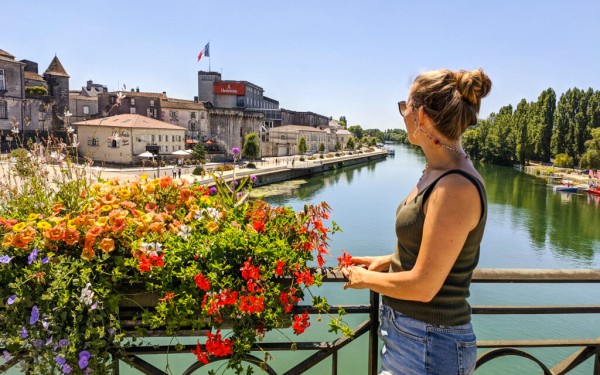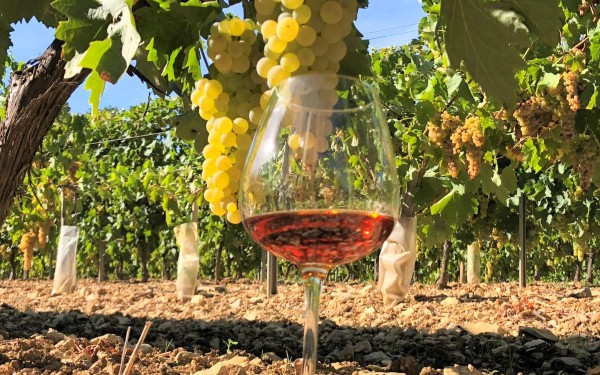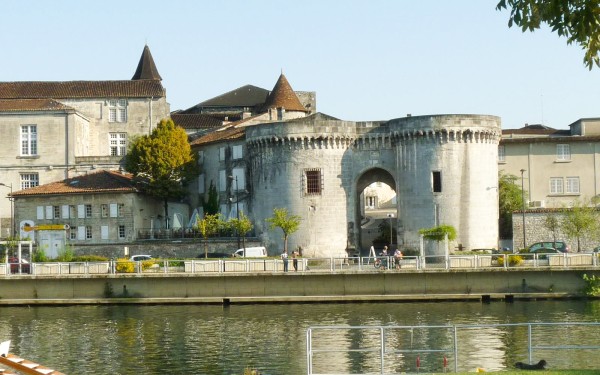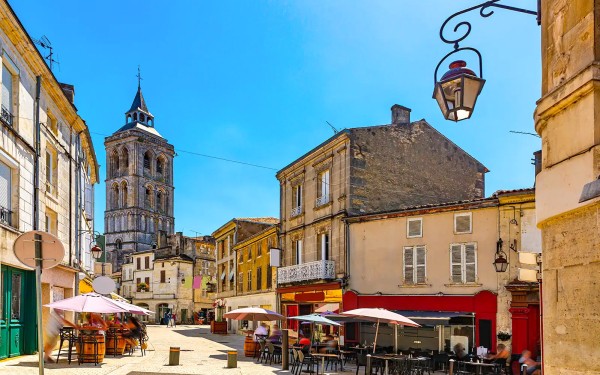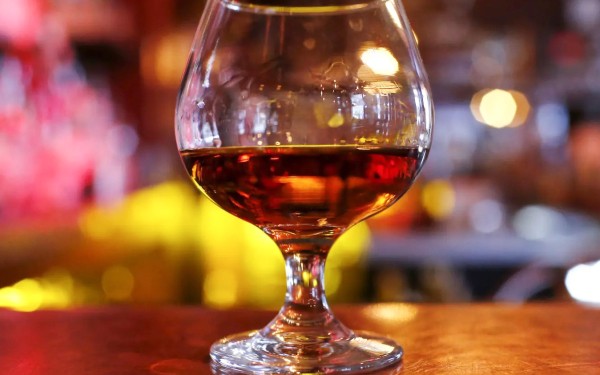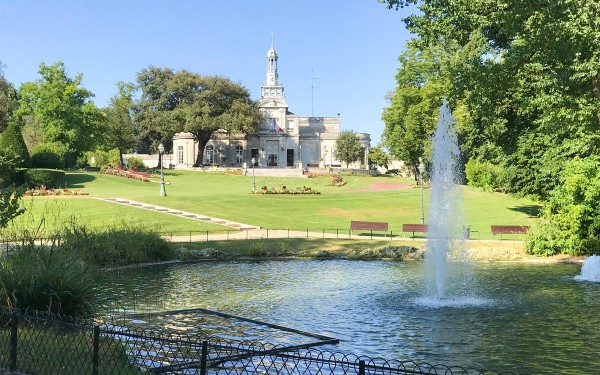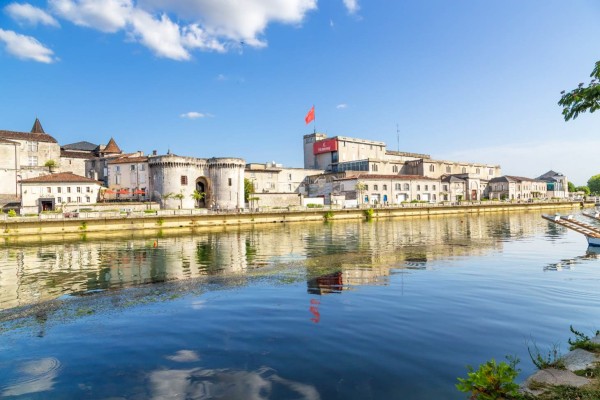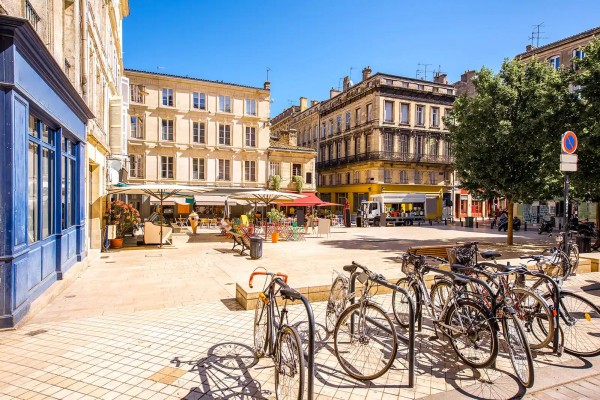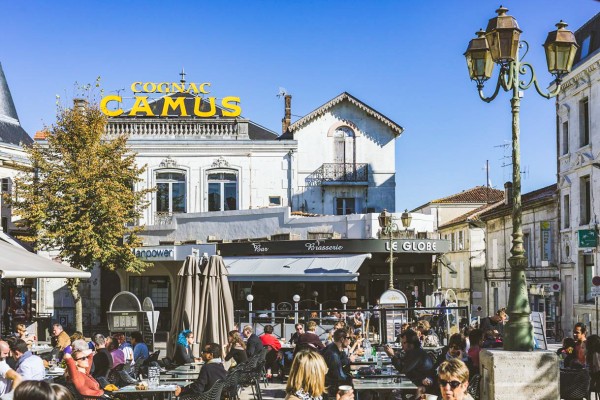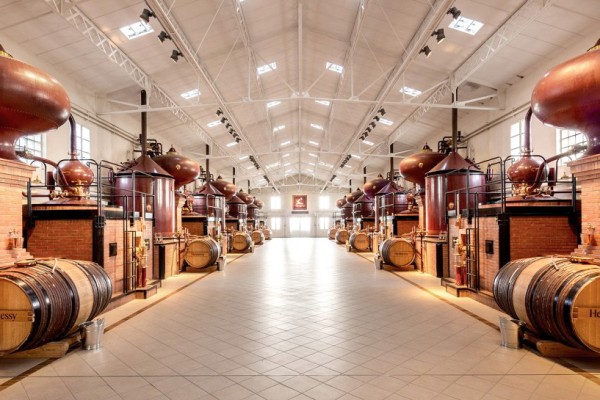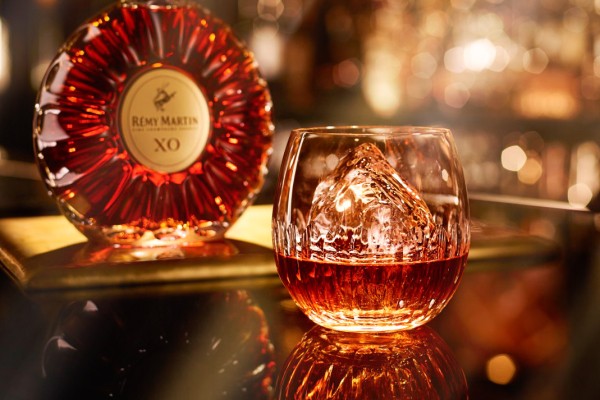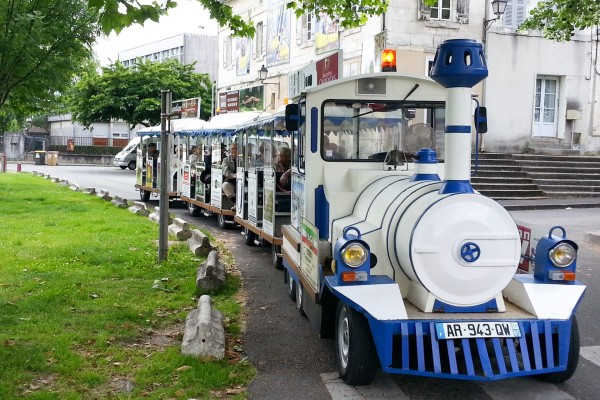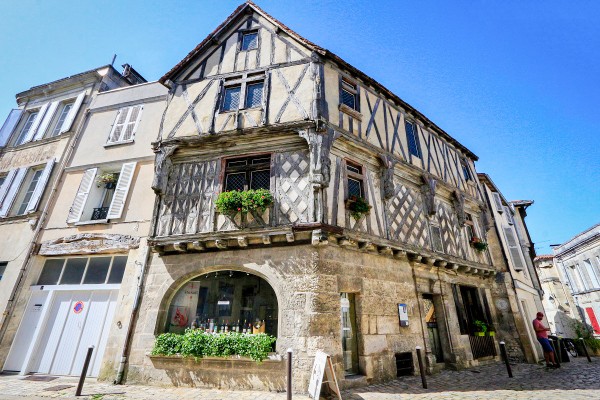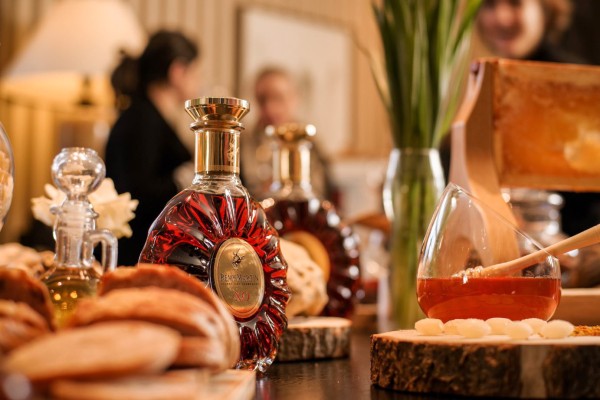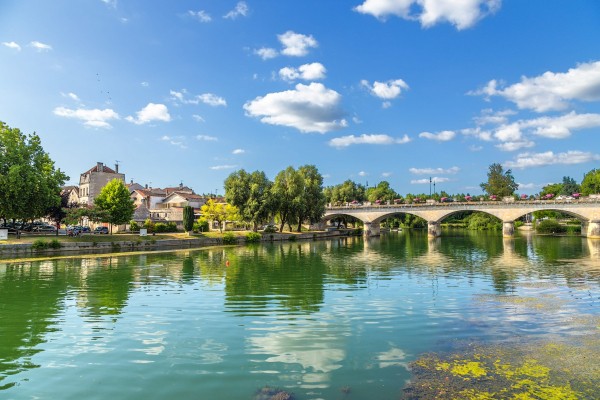When you hear the word "Cognac" your first thought may be of the drink Cognac which is appreciated by many, but Cognac is also a cozy and touristy city in southwest France which is definitely worth visiting during your holiday. The city of Cognac is located between the coastal region of Charente-Maritime and the Dordogne region. The area has extensive vineyards, which is where the wine and Cognac is produced, and authentic French villages with characteristic houses and castles. Cognac has become famous thanks to its delicious cognac wines. It is also the only place where cognac wines can be distilled. Every year, around 200 million bottles are sold to over 160 countries.
Visit Cognac during your holiday
Cognac is a beautiful city on the Charente river, in the southwest of France. In the past almost everything including goods and people was transported by water. This is the reason the large cognac trading houses are located directly on the quay of the Charente. The trading houses have their roots deep in the rich trading history of the city. During your holiday you can stroll along the quay and view these stunning buildings. A visit to these buildings and perhaps a tasting of all the delicious cognacs, are also definitely worth putting on your program. Visiting the Château de Cognac and the old city center which has beautiful medieval streets and buildings, cozy squares and beautiful churches, are also activities you should consider partaking in. Visiting the cognac region, the extensive vineyards, the river Charente and the beautiful villages will give you that proper French feeling.

